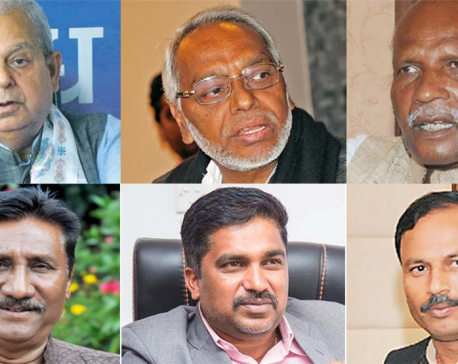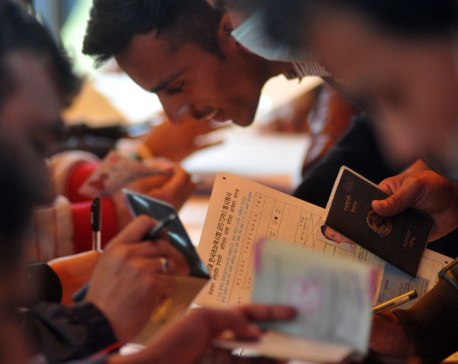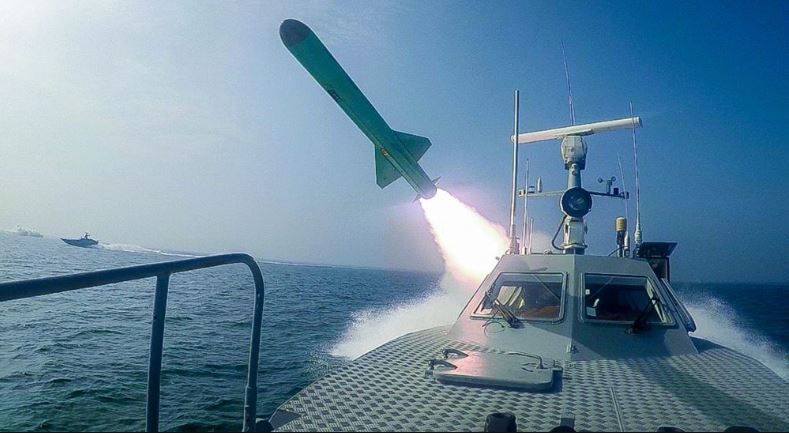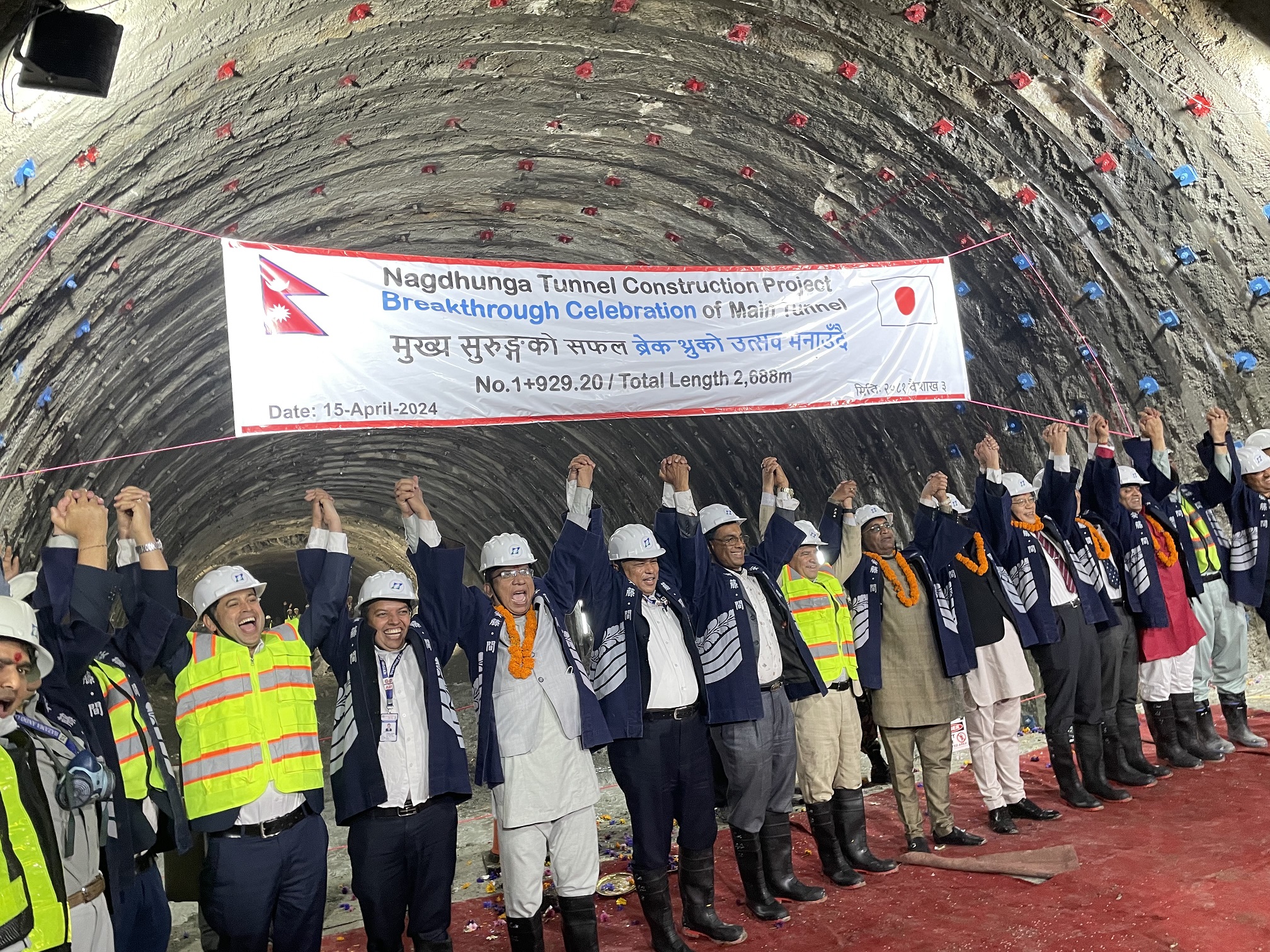
OR
Relevance of Naya Shakti Nepal
Former Prime Minister Baburam Bhattarai’s Naya Shakti Nepal party was formally launched on Sunday amidst a cheering crowd at Kathmandu’s Khullamanch. According to Bhattarai, the promulgation of new constitution on November 20th, 2015, marked the end of an era of endless political squabbling and prolonged transition. With the new constitution in hand, Bhattarai and his new party believe, time has now come for Nepal to embark on the path of economic prosperity. “It is our responsibility to attain equitable prosperity,” says the new party’s published policy program, “by ensuring that the fruits of development reach all classes, regions, and communities equally”. Along with “equitable prosperity”, the four other priorities of the new party will be “inclusive democracy”, “good governance”, “independence/sovereignty” and “enhanced socialism”. Truly, Nepal could do with the sort of economic revolution that Naya Shakti envisions. But whether this is the right time to talk about such a miracle and whether Naya Shakti is uniquely placed to take Nepal on this path is doubtful.
First of all, even though we now have a constitution, not all constitutional issues have been settled. Owing to these disagreements the country had to witness nearly five months of border blockade, in what was easily the single biggest blow to the Nepali economy in the country’s contemporary history. So it is a naïve to believe that this is the right time for the sort of economic revolution that will make Nepal “the richest country in the world in next 25 years” in the words of Bhattarai. It’s a noble idea and we would be happily proven wrong. But we are also acutely aware of ground realities. The country is now sure to miss the much more modest goal of graduating from a Least Developed Country by 2022. Meeting this goal would have called for annual GDP growth of around nine percent over the next six years. The economic revolution Bhattarai and co want to bring about would call for an unheard of 15-20 percent annual growth. Nor has the Naya Shakti explained how it intends to make that happen, or how the new party is uniquely placed to achieve this goal. Why aren’t existing political parties up to this challenge? Why should people trust Bhattarai, someone who seemingly abandoned his mother party because he saw no way to rise to its top?
We don’t raise these questions because we want the Naya Shakti to fail. On the contrary, we want it to succeed and establish itself as a strong and credible alternative to existing parties. But for this Naya Shakti must first be sure about its target constituencies. When it goes into the next general election, people will ask themselves why they should vote for Naya Shakti. All the big promises on governance, inclusivity and prosperity notwithstanding, they would like to see specific plans on, say, employment generation. People will then evaluate comparable plans offered by other parties. Bhattarai’s historical baggage as a Maoist ideologue who waged a bloody war that led to 17,000 deaths could also come in his way. We, nonetheless, wish him luck. He will need bucket-loads of it.
You May Like This

Where are laws?
Parliament out of business ... Read More...

RJPN finalizes candidacy: Who will contest where?
KATHMANDU, Nov 1: Rastriya Janata Party-Nepal has finalized candidacy of member of presidium of the party. ... Read More...

Where after high school?
“What’s your plan after graduating high school?” ... Read More...





Just In
- KMC to organize a month-long skill fair from May 1
- Birgunj Metropolis collects over Rs 360 million in revenue
- NEPSE plunges below 2,000 points after one and a half months; daily turnover declines to Rs 2.10 billion
- AI Index Report-2024: AI still behind humans on complex tasks like competition-level mathematics
- Daiji-Jogbudha road construction at snail’s pace
- Govt fails to adopt podway technology despite its potential in Nepal
- Jhulaghat border crossing in Baitadi to remain closed from this evening
- Universities will be free from partisan interests: Education Minister














Leave A Comment